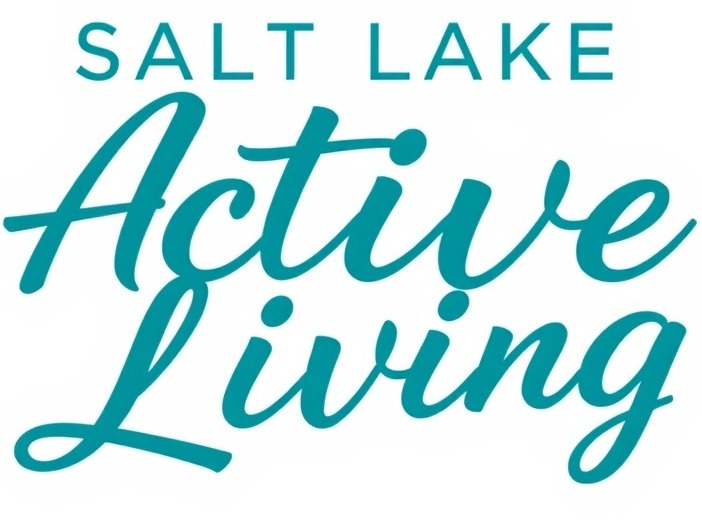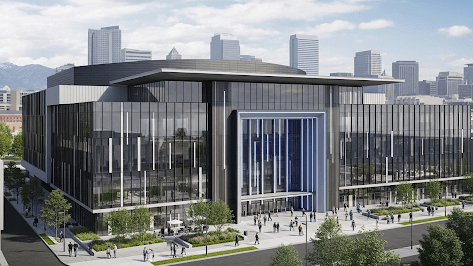
The Enduring Legacy of Dinosaur National Monument
Dinosaur National Monument holds a unique place not only in the hearts of its visitors but also in the American narrative of conservation. Located on the border between Utah and Colorado, this vast expanse of land, known for its magnificent rock formations and rich paleontological history, was officially designated a national monument in 1915. It offers natural wonders that provide both educational opportunities and a sanctuary for diverse species, embodying a significant slice of America's geological and cultural history.
The Personal Connection: A Journey Through Time
My own journey with Dinosaur National Monument began in 1977 when I first traversed its challenging terrain. I remember the sense of wonder as I drove down Pool Creek Road, surrounded by stunning vistas. Each visit there deepens my appreciation for our national treasures, reminding me of Theodore Roosevelt's foresight. When Roosevelt remarked, "Leave it as it is. The ages have been at work on it and man can only mar it," he emphasized the crucial role we play in preserving such environments for future generations.
Current Challenges Facing Our National Monuments
However, as we stand at a crossroads, Dinosaur National Monument—and national parks alike—faces unprecedented threats. Recent policies from government officials aimed at increasing resource extraction pose a significant risk to the sustainability of our public lands. For instance, the current Secretary of the Interior’s push for oil, gas, and mineral exploitation directly contradicts the preservation ethos that has protected these lands for over a century. If left unchecked, such measures could irreparably damage the landscapes we hold dear.
The Call for Advocacy
Now, more than ever, the public must advocate for the protection of these vital spaces. Public lands should not only be a source of economic benefit but, more importantly, a legacy of natural beauty for future generations. Censorship of park narratives that discuss our historical truths and severe budget cuts within the National Park Service jeopardize the integrity and educational value that these sites provide.
Connecting with the Community
Taking a walk on the Harper's Corner Trail is not just physical exercise; it fosters a deeper connection with fellow visitors and the land itself. Every encounter with strangers on the trail is a reminder of why we must protect Dinosaur National Monument and similar landscapes—each conversation sparks an awareness of our shared responsibility to uphold the preservation of nature. It is through these connections that we build a community of advocates willing to speak up for our national heritage.
The Wider Implications of Protecting National Monuments
Dinosaur National Monument is not just a scenic wonder; it stands as a symbol of all national parks and monuments currently at risk. The exploitation of these lands compromises wildlife habitats, affects local ecosystems, and dilutes the historical narratives that they embody. Historical evidence illuminates how exploitation often leads to irreversible damage, not only ecologically but also culturally. Preservation efforts must include a commitment to maintaining the integrity of both the land and its stories.
What Can Be Done?
So, how can we respond to these challenges? Engaging with local and national advocacy groups dedicated to the preservation of public lands is crucial. Attending community meetings, signing petitions, and voicing opinions to local representatives can amplify the call for thoughtful policies that prioritize conservation over exploitation. By showcasing the benefits of maintaining these spaces, we can help influence decisions towards protecting Dinosaur National Monument and others like it.
Our Role as Stewards
As individuals, each of us has a role to play in this collective endeavor. Whether it's through volunteering, educating others about the importance of national parks, or simply enjoying and sharing the beauty of these places on social media, every action counts. Our national monuments are a part of who we are as a society, and it’s in our hands to ensure they thrive for generations to come.
The time to act is now. We can remember Roosevelt's legacy not just through his words but by embodying his vision of preservation. Let us step up and be the advocates that Dinosaur National Monument—and indeed all national treasures—so desperately need.
 Add Row
Add Row  Add
Add 




Write A Comment